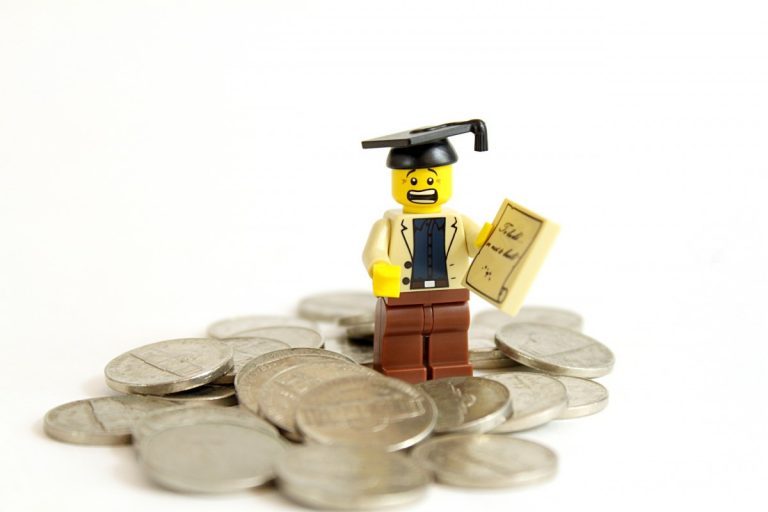
Education Minister Simon Birmingham has unveiled big changes to the Higher Education Loan Program (HELP). With about AUD50 billion in outstanding student debt, the goal is to curb costs.
Assuming Parliament passes the changes, all students will have to pay more and repay quicker. The changes affect current and future debtors.
How much more will students pay?
Students will pay 7.5 percent more in fees by 2021 – on top of the annual inflation indexation.
For example, a student studying teaching currently pays AUD6,349 a year. Next year, they will pay about AUD6,600.

Changes to course fees. Australian Government (2017)
When will students start repaying?
Under the current system, from 2018-19 graduates would have to start repaying their HELP debt when their income reached AUD51,957.That threshold will now fall to AUD42,000.
While this change has attracted criticism, a Grattan Institute report last year showed even with a AUD42,000 threshold, HELP is still more generous than many other forms of government income protection.
The new threshold is, for example, 20 percent more than the minimum wage. And people on Newstart lose their eligibility when they earn about AUD26,000.
The higher your income, the more you will repay
Under the new system, graduates will be required to pay one percent of their income once they start earning AUD42,000, and the rate will increase by 0.5 percentage points for each six percent increase in salary.
The more you earn, the bigger the proportion of your salary you will have to pay.

Income thresholds and repayment rates. Australian Government (2017)
Under the old system, the maximum repayment rate was eight percent, which applied to incomes above AUD107,213. Under the new system, the maximum rate will be 10 percent, which will apply to incomes above AUD119,881.
So a graduate who earns AUD120,000 will repay 10 percent rather eight percent of their income. That is, an additional AUD46 a week. The new rates will speed up repayments from high-income earners.

Comparing repayments under the current and the proposed settings.
Repayment thresholds will keep their real values
The government is also changing the way the thresholds are indexed.
At the moment, the repayment thresholds grow at the same rate as Average Weekly Earnings. Since Average Weekly Earnings have been rising faster than inflation, the repayment thresholds have been increasing in real terms.
In fact, the thresholds are about 17 percent higher than they would have been if indexed to inflation since 2005.
As a result, the HELP debtors of today enjoy significantly higher living standards than their predecessors before having to repay their loan.
This is not the case for recipients of other government programmes. Thresholds for many other government benefits are generally indexed to inflation.
It is not clear why HELP should have a more generous indexation policy than other programmes that generally affect more vulnerable Australians.
Under the new HELP system, from mid-2019 repayment thresholds will grow in line with inflation. Since earnings and inflation growth are currently similar, the practical effect is likely to be small in the short run. But over the long run, the new indexation arrangements will ensure repayments keep their real values.
Rules also changing for some non-Australian students
Under the current system, most students who are permanent residents but not citizens of Australia, and most New Zealand students, have access to subsidised higher education places, but they must pay their fees upfront.
Under the new system, they will have to pay full price, but will have the option of deferring the cost through HELP.
By Ittima Cherastidtham, Fellow, Higher Education Program, Grattan Institute
This article was originally published on The Conversation. Read the original article.
 Liked this? Then you’ll love these…
Liked this? Then you’ll love these…
Australia: Students’ mental health problems growing in numbers and complexity







